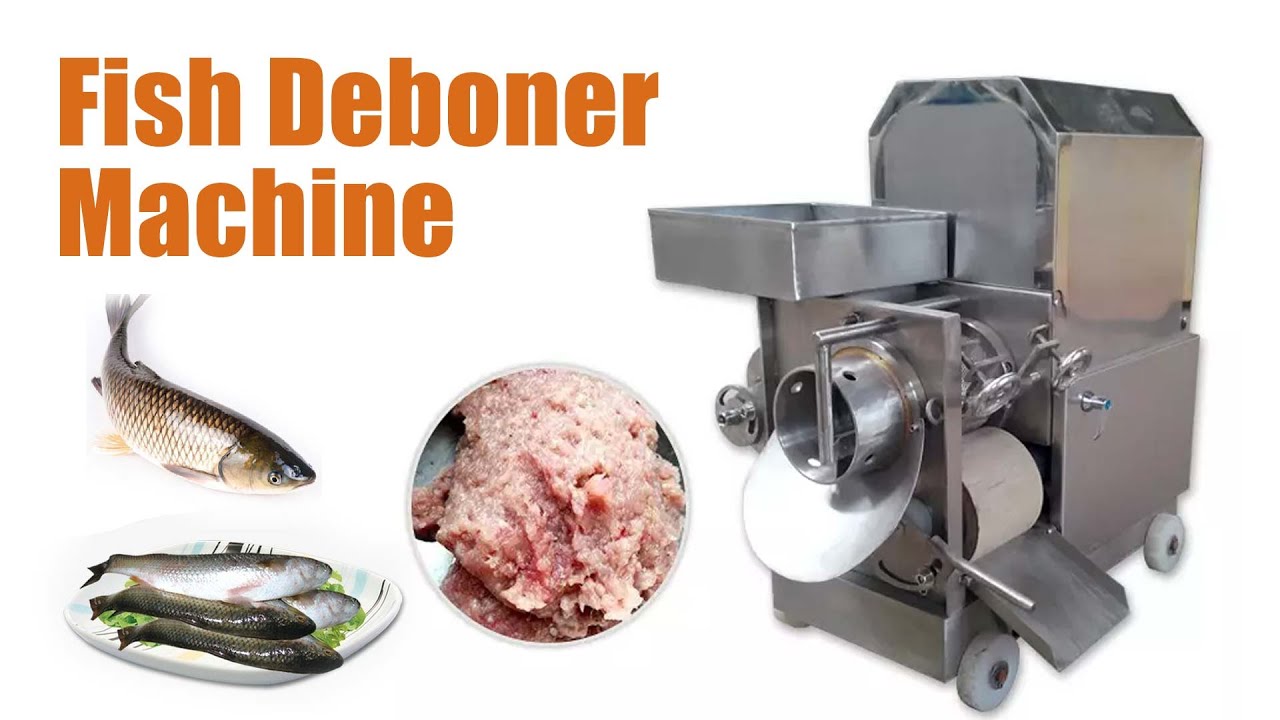10 years of experience as a food machinery equipment manufacturer
10 years of experience as a food machinery equipment manufacturer
A fish meat and bone separator, also known as a fish deboner or fish meat refiner, is a specialized piece of food processing equipment designed to efficiently separate fish flesh from bones, skin, and fins.

The core mechanism involves feeding pre-cut or whole small fish into the machine. Inside, a perforated drum (or sieve) rotates against a flexible press belt (often made of rubber or food-grade polyurethane). The pressure exerted by the belt squeezes the fish flesh through the small holes of the drum, while bones, skin, and fins, being larger and more rigid, are retained on the outside of the drum and subsequently discharged separately.
Fish meat and bone separators are extensively used in various sectors of the food industry:
When choosing a fish meat and bone separator, key factors to evaluate include:
